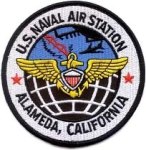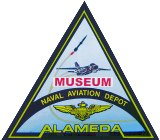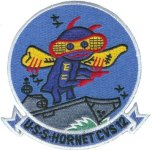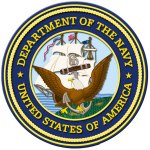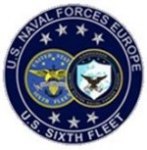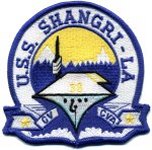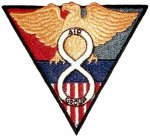|
Commander
Charles William Darcey Ward, Jr. (USN Retired)
December
16, 1932 – September 23, 2010
 Commander
Charles William Darcey Ward, Jr. (USN – Retired) passed away on September
23, 2010 after a long and courageous fight with cancer. Charles (Charlie)
spent his 23 years in the Navy as an aviator. He loved to fly. Commander
Charles William Darcey Ward, Jr. (USN – Retired) passed away on September
23, 2010 after a long and courageous fight with cancer. Charles (Charlie)
spent his 23 years in the Navy as an aviator. He loved to fly.
He
joined the Navy under the NAV CAD program in 1953. He joined his first
squadron, VA-176
out of Pensacola, FL, in 1955. His other squadrons were VA-125, VA-112,
VA-113
DET Q, VSF-1, VA-153, VA-125 and
was a flight instructor in Meridian, MI. While he was Officer
in Charge of VA-113 DET-Q, he had the opportunity to land the first A4
Skyhawk on an Australian aircraft carrier, the HMAS Melbourne. They
were able to accommodate the plane and subsequently purchased planes from
the US. He retired from the Navy in May 1976. 
After
retiring from the military he began a career in banking, beginning as a
Vice President at Imperial Savings and finally retiring from Glendale Federal
Savings as the Manager of the Chula Vista Branch. Charlie was great
with numbers, so it was a perfect fit for him in civilian life – though,
the Navy was his first love. Charlie was active in Kiwanis and enjoyed
working in his community.
Once
retired from the bank, Charlie was able to leisurely travel around the
world with his wife, family and friends. He loved to go on cruises.
Charlie and Kayce were always a hit on the dance floor.

He
is survived by his wife of 45 years, Kayce. His daughter Christine
and her husband, two grand-dogs and two grand-kitties, a son, his sister
Marilyn and brother Richard and many nieces, nephews and their children.
 Towards
the end of his life Charlie adopted the phrase “living life” and applied
that to everything he did. He was an amazing man with a kind, loving
heart who was loved and enjoyed by all who knew him. He had a great
sense of humor and was a whiz at board games. He was a great listener and
was someone you could count on to give you sound advice. He was a
wonderful husband, father and friend. Charlie lived everyday to its
fullest – he taught us that life is to be lived with zest and joy.
He will be missed very very much. Towards
the end of his life Charlie adopted the phrase “living life” and applied
that to everything he did. He was an amazing man with a kind, loving
heart who was loved and enjoyed by all who knew him. He had a great
sense of humor and was a whiz at board games. He was a great listener and
was someone you could count on to give you sound advice. He was a
wonderful husband, father and friend. Charlie lived everyday to its
fullest – he taught us that life is to be lived with zest and joy.
He will be missed very very much.
Biography
prepared by Christine
Ward, Commander Ward's Daughter |
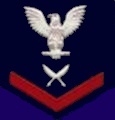
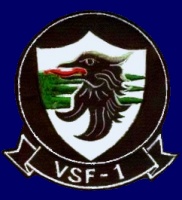
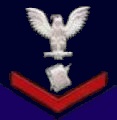


 Commander
Charles William Darcey Ward, Jr. (USN – Retired) passed away on September
23, 2010 after a long and courageous fight with cancer. Charles (Charlie)
spent his 23 years in the Navy as an aviator. He loved to fly.
Commander
Charles William Darcey Ward, Jr. (USN – Retired) passed away on September
23, 2010 after a long and courageous fight with cancer. Charles (Charlie)
spent his 23 years in the Navy as an aviator. He loved to fly.


 Towards
the end of his life Charlie adopted the phrase “living life” and applied
that to everything he did. He was an amazing man with a kind, loving
heart who was loved and enjoyed by all who knew him. He had a great
sense of humor and was a whiz at board games. He was a great listener and
was someone you could count on to give you sound advice. He was a
wonderful husband, father and friend. Charlie lived everyday to its
fullest – he taught us that life is to be lived with zest and joy.
He will be missed very very much.
Towards
the end of his life Charlie adopted the phrase “living life” and applied
that to everything he did. He was an amazing man with a kind, loving
heart who was loved and enjoyed by all who knew him. He had a great
sense of humor and was a whiz at board games. He was a great listener and
was someone you could count on to give you sound advice. He was a
wonderful husband, father and friend. Charlie lived everyday to its
fullest – he taught us that life is to be lived with zest and joy.
He will be missed very very much.

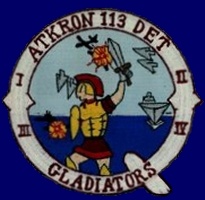




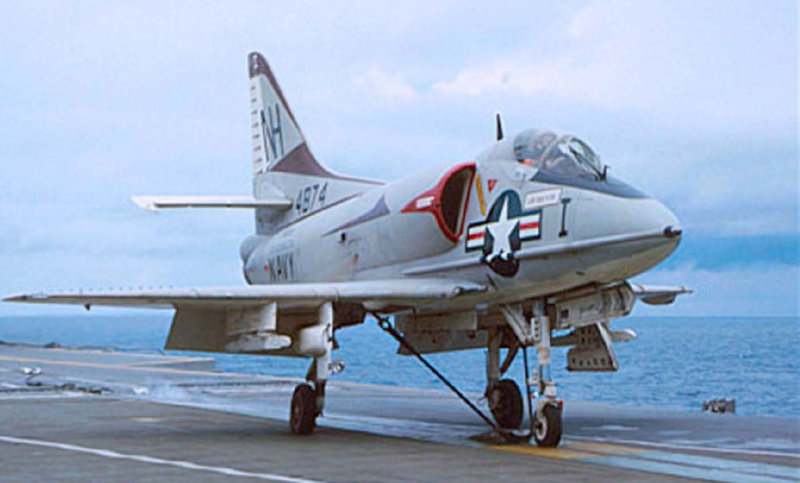

 LEUT
Phil Thompson
LEUT
Phil Thompson
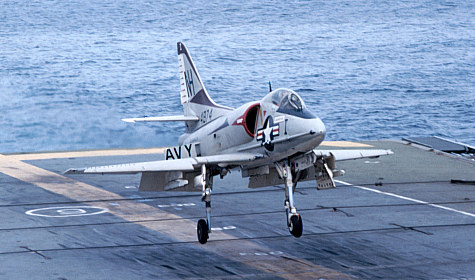













 Royal
Australian Navy
Royal
Australian Navy
